After a rather long wait, we finally have the western release of Kuro no Kiseki II: Crimson Sin, localized in the west as Trails through Daybreak II. The series is slowly inching ever so closer to the grand finale, with the next game, The Legend of Heroes: Kai no Kiseki, being branded as a climax to the storyline. So let us return to Calvard and pay our friends at the Arkride Solutions Office a visit.
Before we dive into the review however, a quick warning: This may contain spoilers from Trails through Daybreak and the story from this sequel. Reader discretion is advised.
Previously, on Trails through Daybreak…
Trails through Daybreak II takes place roughly two months after the ending of Trails through Daybreak. Upon starting the game, you’re immediately greeted with the question on whether you’d like to watch a recap video on the previous entry, giving you a very light abridged version of the entire plot.
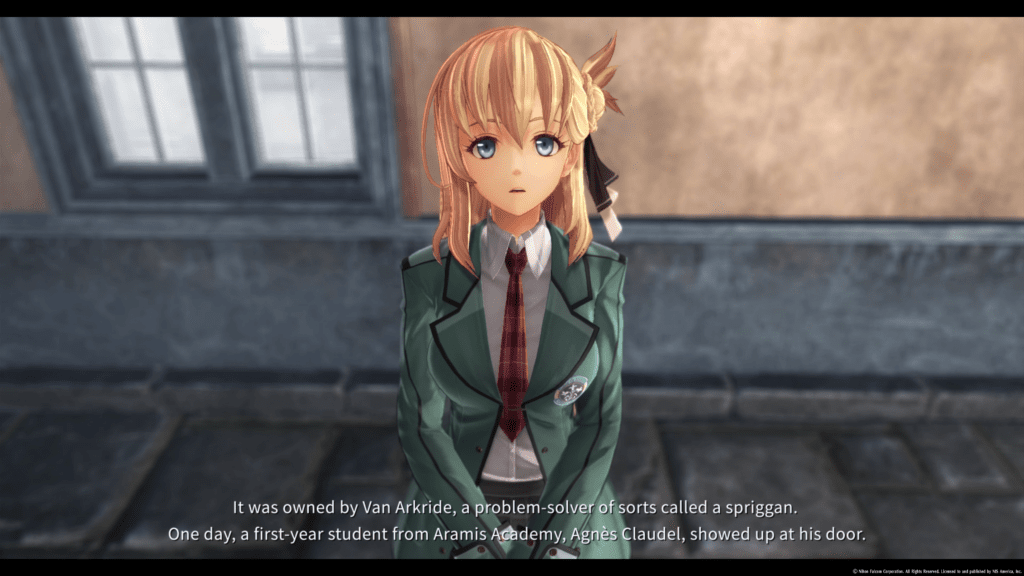
Furthermore, there is also an Archive with explanations from each chapter, though they leave out some rather important details. This is actually something that Falcom has been trying to do for a few years now to make the series more beginner friendly. Although Trails through Daybreak’s story was largely self-contained, there is a lot here that will require that you remember a bit.
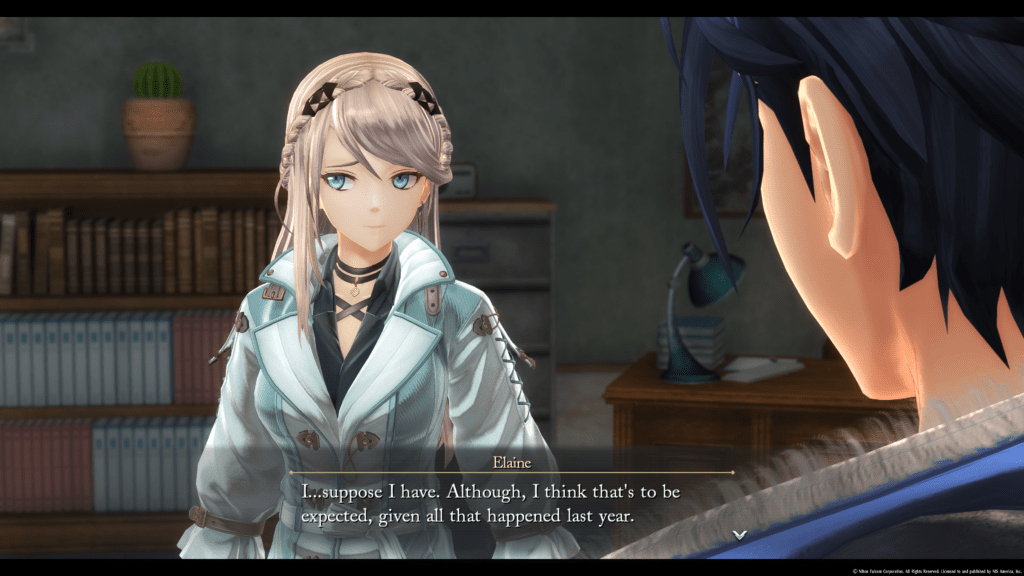
A Mysterious Red Monster
Daybreak II’s story follows Van and his teammates at the Arkride Solutions Office, who have sort of gone off their own ways after the incidents with Almata, the mafia organization that used the Geneses to wreak chaos in Edith, have been mostly solved. One day, the Beauty’s Blade from the Bracer’s Guild, Elaine comes into the solution office, telling Van of mysterious murder cases that have been going around the city.
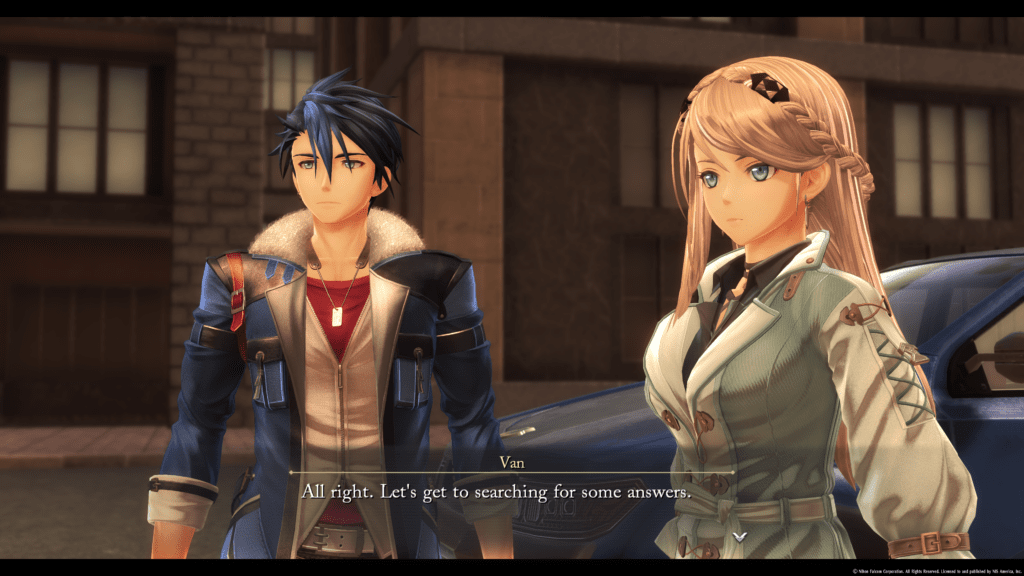
These mysterious murder incidents have all been happening all over Edith, eventually claiming the life of dozens of men from the Gamma Squad of the Central Intelligence Department. Footage captured shows what appears to be a mysterious man in a trenchcoat, capable of transforming into a fearsome beast, thanks to his likewise mysterious fairy-like assistant holo. Sounds familiar?
Because of the similarities between this mysterious beast and Van’s Grendel, he quickly shots up to the list of suspects of both the CID and the Bracer Guild. So before the situation escalates even further, Van gets to work alongside Elaine, hoping that they are able to find out more about the suspect, and clear Van’s name.
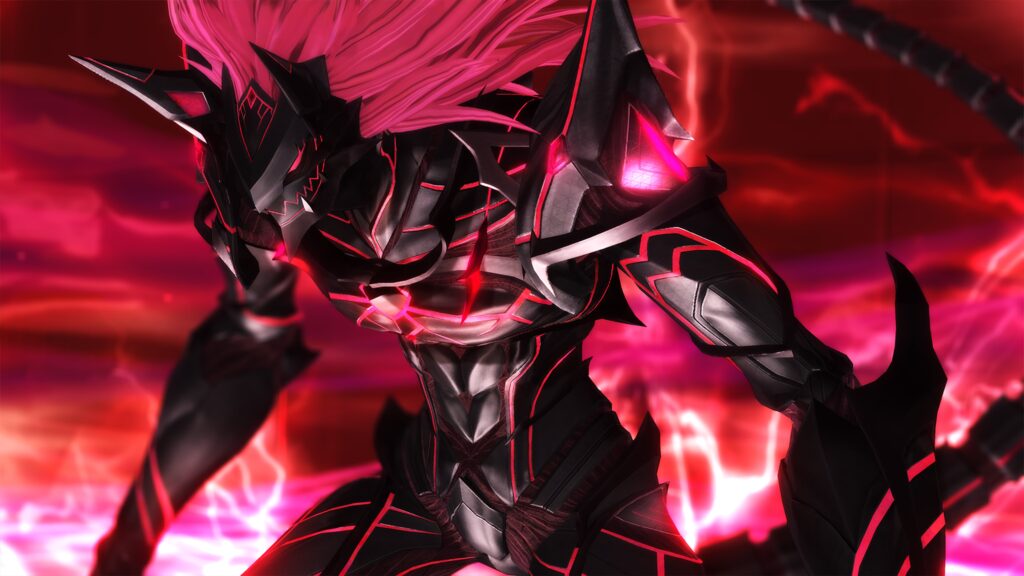
Rewind the Hands of Time
Upon finding clues about the suspect, Van and Elaine find him in a garisson located to the outskirts of the city. And while they did try to fend off the beast, they were ultimately too late. Agnès arrives at the scene, only to see Van and Elaine dead on the ground. The Genesis inside her pocket begins to glow, and you’re transported to the timeline screen.
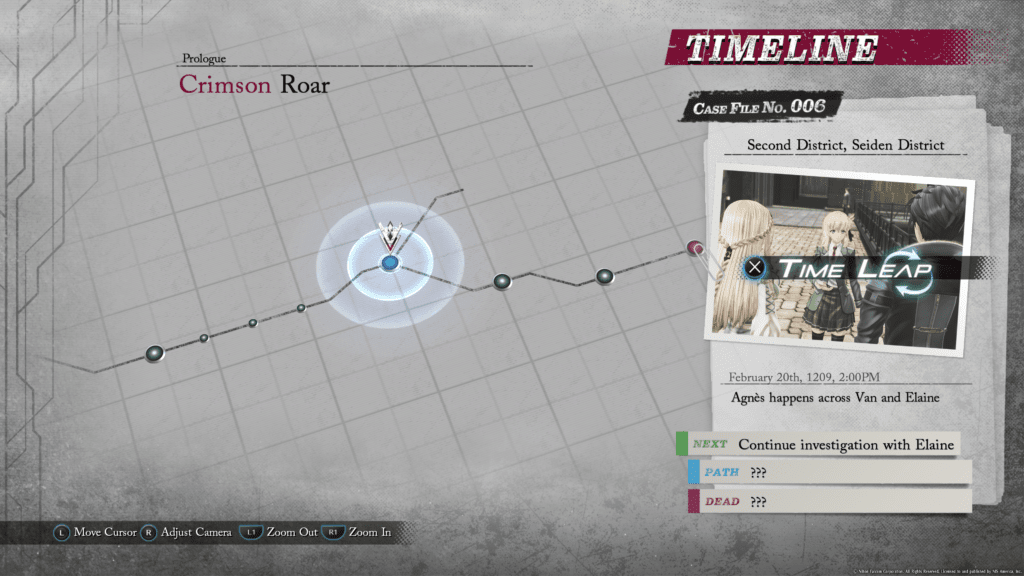
And here’s where things get spicy. Falcom has decided to introduce time travel into the mix. Van and his friends are capable of going back in time in order to prevent the events by knowing what will happen. This can take the form of a different choice that will change the course of the story, hoping to shift fate.
In addition to the timeline system, Trails through Daybreak’s story acts are divided into sides A and B, which each of them involving different characters, though they’re usually occuring at the same time.
Upon starting a new act, you can choose which group’s point of view you would like to view first. There isn’t an order that you are required to do them, since the plot ties these two parts very well, and is one of the highlights of Daybreak II’s story in my opinion.
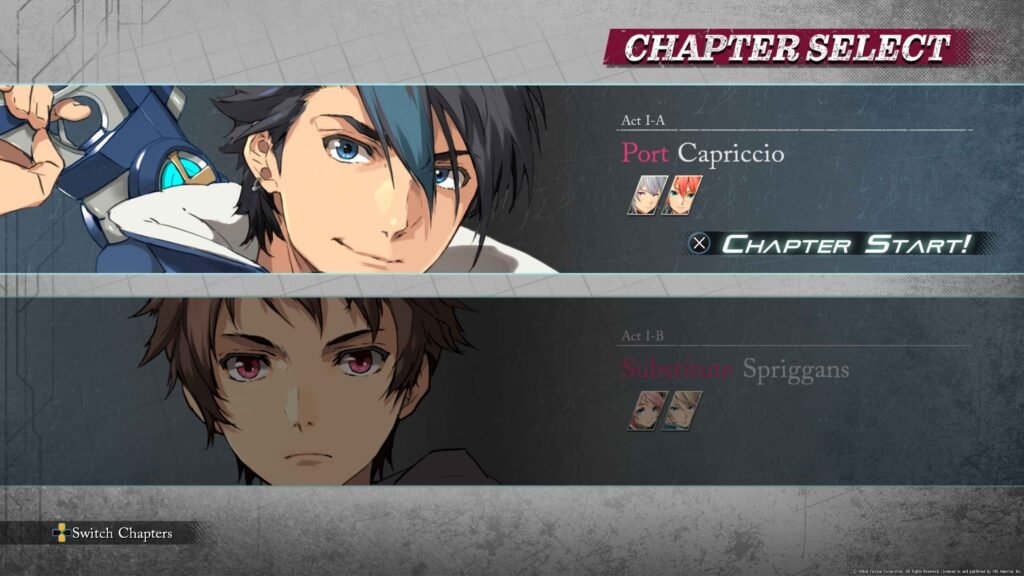
A Huge Improvement on the Field Battle System
One of the biggest additions to the Trails series that the previous entry added was the Field Battle System. This allowed you to quickly carve through weaker enemies with ease, then deploy shards to enter Command Battle mode and use all of the tactics at your disposal against tougher foes.
It was a great feature, but one that was understandably lacking. However, in Trails through Daybreak II, the Field Battle system has seen a huge improvement. The first major change is that now you can use Quick Arts, which allow you to perform Art attacks without deploying your Shard.
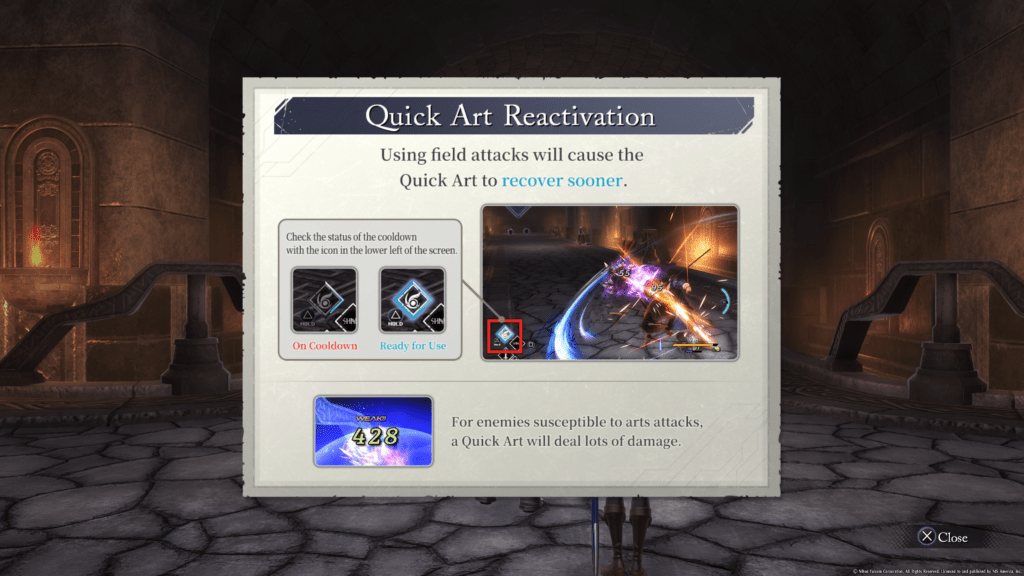
Another new aspect is the Cross Charge. This allows you to punish enemies after a successful dodge. Dodging an enemy attack at just the right time to cause the Cross Charge icon to appear, and then pressinh the Cross Charge button will call in an ally for a strong counterattack. You can also use the S-Boost to pair with your allies against stunned enemies, unleashing a huge wave of damage.
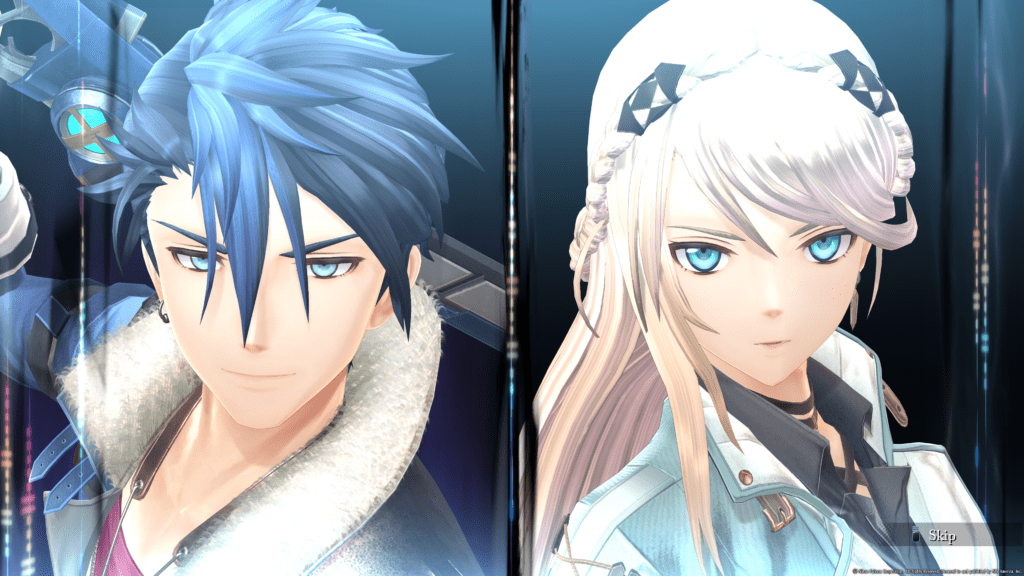
Anyone Up for some Minigames?
In Trails through Daybreak, there were barely any minigames to speak of, possibly because at the time, the developers were still experimenting with the new engine. And with Daybreak II, you are spoiled for choice, because there’s a LOT of minigames that you are able to play throughout the story.
Now, while most of these minigames are side content, they all have trophies associated with them. This adds to the game’s overall replayability, which I really enjoy. And you can even enjoy yourself with some fishing, a series’ staple that was oddly enough, absent from the previous title.
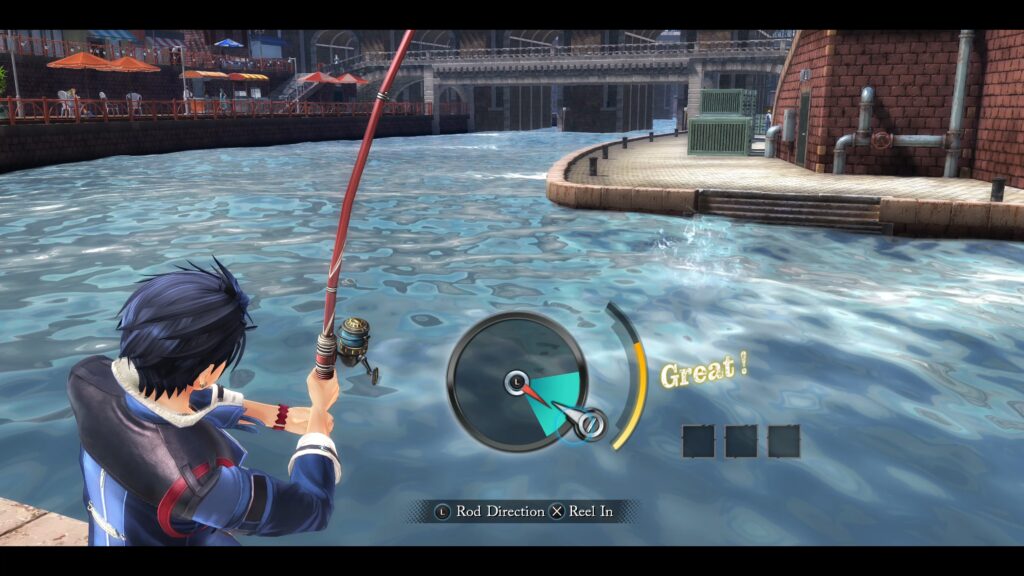
Link Start!
The next major addition to Trails through Daybreak II is the Märchen Garten virtual space. Due to a mysterious hacker taking over the simulation, Van and his friends will have to assist in taking it back. This extra mode should feel extremely similar if you’ve experienced the Reverie Corridor in Trails to Reverie.

Inside this dungeon, players are thrown in a procedurally-generated floor, and an objective will be given. This can range from breaking a certain number of objects, to defeating specifically-sized enemies. Once you’ve met your objective, you’ll be able to choose one item as your reward, and move on to the next area.
Furthermore, you can also collect shard tokens both inside and outside. These can be used to analyze mystic cubes, which will randomly give you rare costumes and music. While Märchen Garten may be entirely optional, I wholly recommend doing it at some point, especially with all the rewards you’re able to obtain through it.
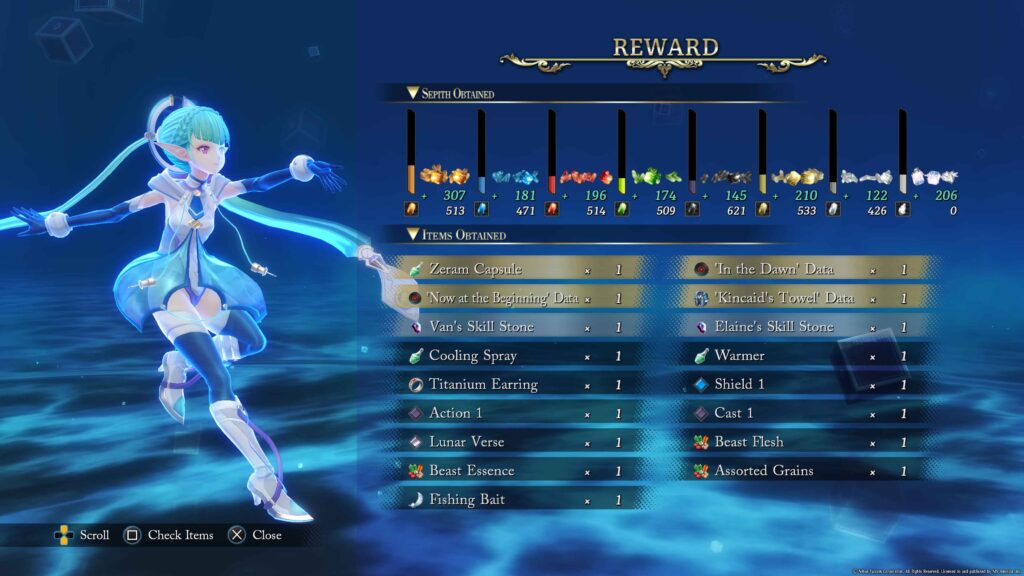
A Great Sequel to a Great Game
The Legend of Heroes: Trails through Daybreak II is an awesome sequel, providing a continuation to the Calvard arc, and introducing a lot of new features and quality of life improvements. It’s no surprise that Falcom has now grown familiar with this new engine, so it’s clear that things will only improve from there on.
Perhaps the only drawback, which, looking back, is not something you can blame the developers for, is how despite their best attempts at condensing the story so beginners to the series can play the latest titles, Trails sadly suffers from the “long-running series” problem that is practically inevitable. But hey, these games have a LOT to offer, so why not give them a try?
Joys
- Improved field battle system
- Tons of replayability and minigames
- Quality of life improvements
Cons
- Not recommended as a starting point
- Small performance hiccups



